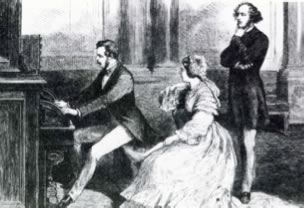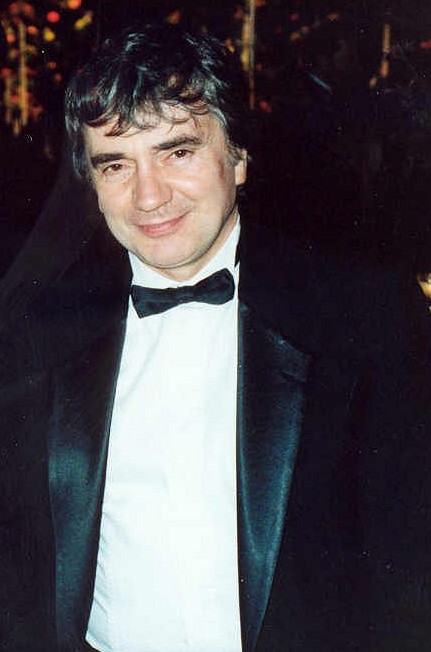The British Royal family has a history with music, and some of the greatest composers. Handel for instance, composed for King George I. Mozart, age 8, performed for King George III and Queen Charlotte in the newly constructed Buckingham Palace in 1764. Queen Charlotte's music-master Johann Christian Bach, JS Bach's son, gave Mozart the ultimate sight reading test of the most difficult works of JS Bach, Handel and Alder, which Mozart performed with ease, amazing his distinguished audience. Mozart also accompanied Queen Charlotte, who sang an aria. The Mozarts (Leopold and Wolfgang) later dedicated six sonatas, the Opus 3 Sonatas to Queen Charlotte.
Some of the Kings and Queens were excellent musicians as well as composers. King Henry VIII - King and Composer Notable royal musician tudor King Henry VIII, who composed the song - "Pasttime with Good Company"
Queen Victoria loved singing and played the piano as well, she commissioned in 1856, an Erard Piano, the same piano brand from France that Chopin played. She also had many Bechstein grand pianos, including a gilded one at Buckingham Palace. Her favourite composer was Felix Mendelssohn, and especially loved "his" songs.
Felix Mendelssohn first met Queen Victoria and Prince Albert in 1842.
 |
| Prince Albert and Queen Victoria meeting Mendelssohn (srce: Mendelssohn Project) |
 |
| Felix Mendelssohn Age 20, 1829 |
To honour Mendelssohn's visit, Queen Victoria sang her favourite Mendelssohn song 'Italien' or 'Italy' but it turned out to be written, Felix admitted by his other talented sibling, Fanny Mendelssohn. In those days, women weren't allowed to pursue careers as composers, so Felix honoured her by publishing the composition under his name.
Japanese duo Hiro and Akiko perform Fanny Hensel - Mendelssohn's Italien, a favourite of Queen Victoria
Felix Mendelssohn also performed his famous piano pieces "Songs Without Words" for the royal couple. Prince Albert, Queen Victoria's husband was a talented organist and was thrilled to hear Felix Mendelssohn play the organ at Buckingham Palace. Mendelssohn, later dedicated his Scottish Symphony to Queen Victoria. Queen Victoria said of Mendelssohn on news of his death, he regarded him "the greatest musical genius since Mozart."
Further Reading
- Victoria's piano strikes right note for palace exhibition (Guardian -UK, 31 July 2004)
- Mendelssohn & England (Dr Dick's Mendelssohn World Blog)
- Prince Albert's Compositions: Queen Victoria's Consort wrote sacred music
- The JC Bach - Mozart Connection (Bar Ilan University, Israel)
- Mozart charity shop find only 'one of 10 in the world' (BBC News, 8.06.11)





